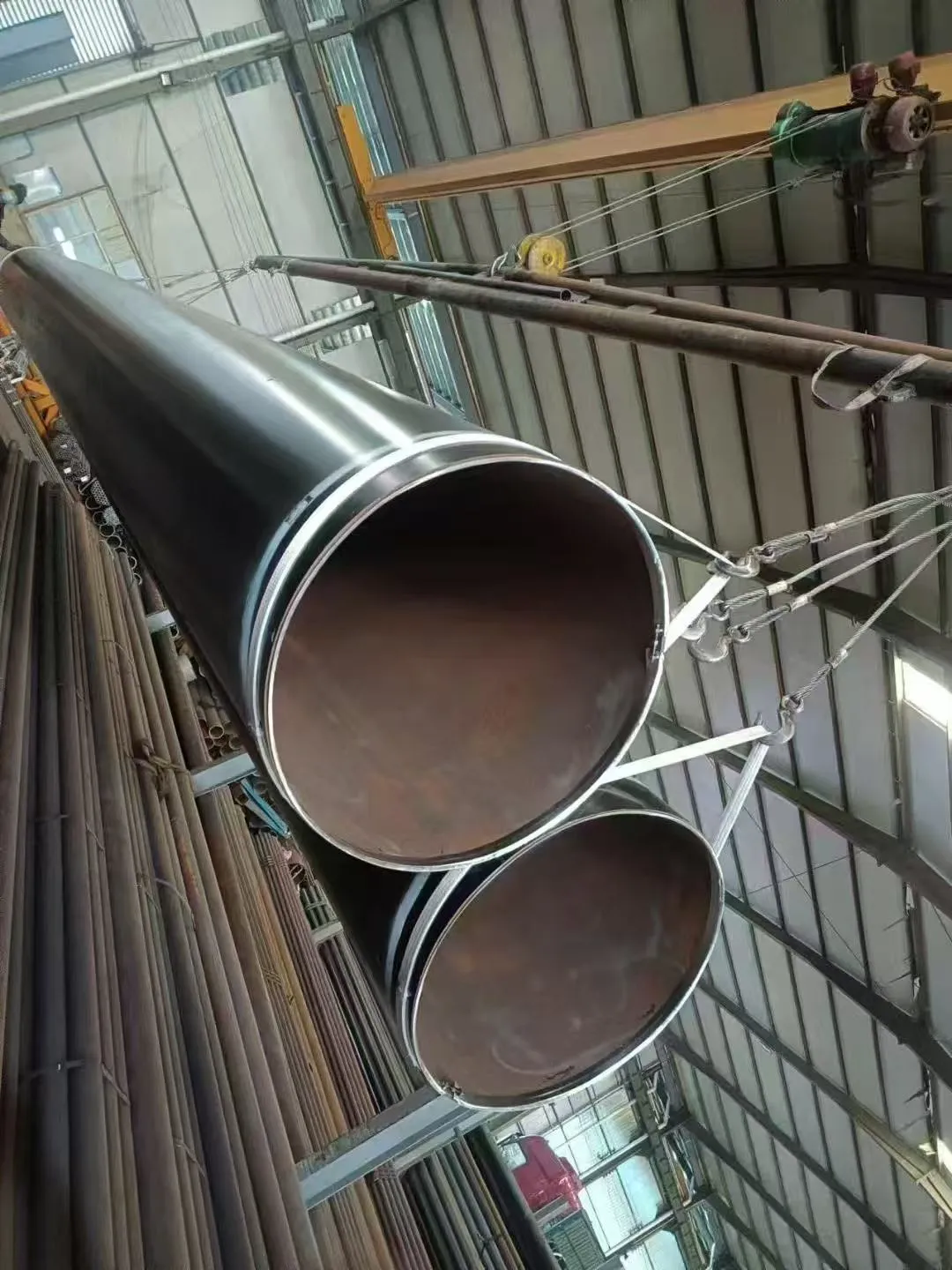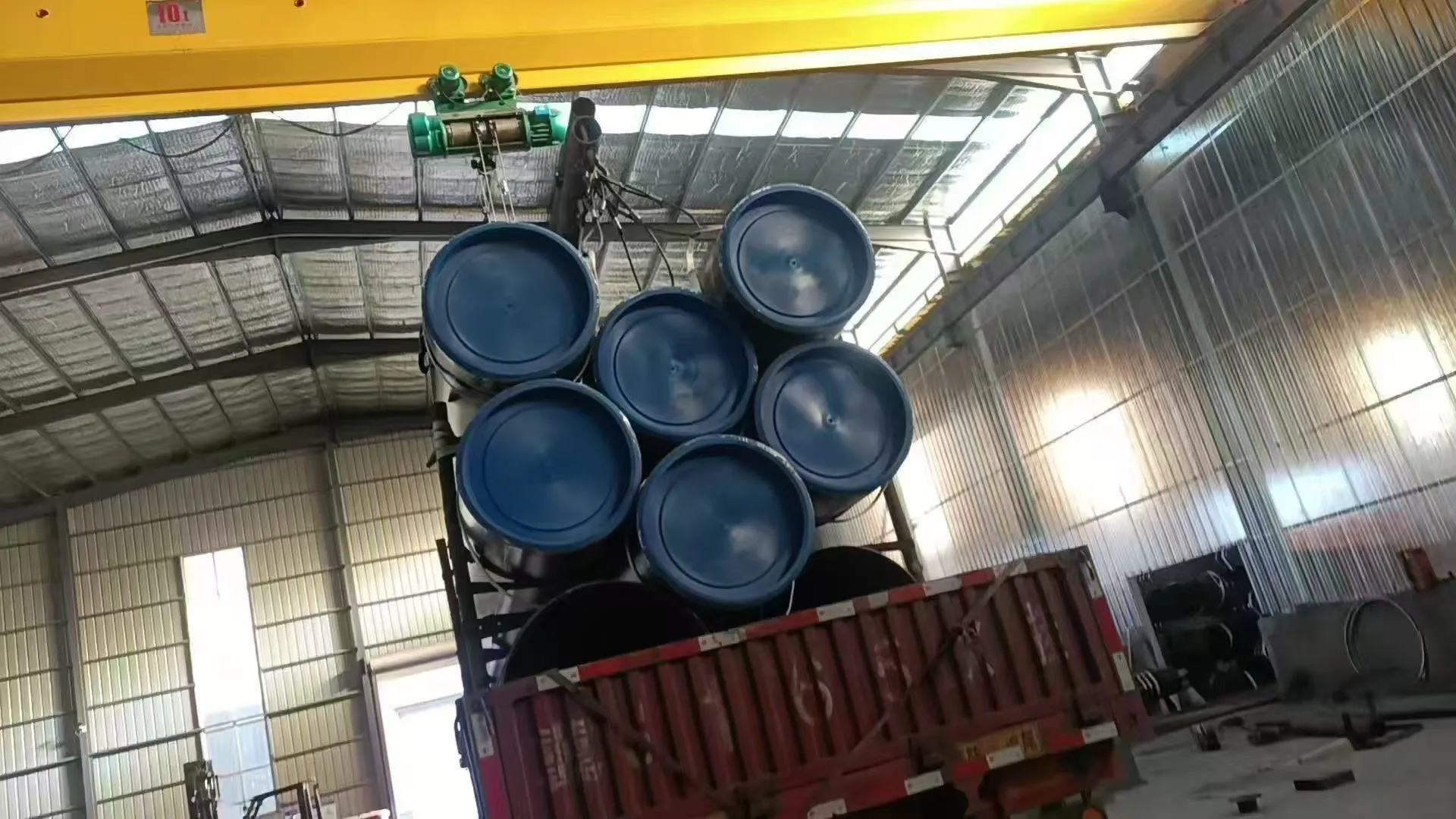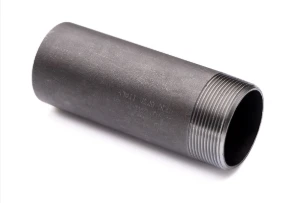Key Characteristics of ASTM A179 Pipe
- 1.Material Composition:
- - ASTM A179 pipes are made primarily from low carbon steel, with a carbon content typically less than 0.08%. This low carbon content contributes to good weldability and ductility.
- 2. Mechanical Properties:
- - The pipes exhibit good mechanical properties, including:
- - Tensile strength: Minimum 55,000 psi
- - Yield strength: Minimum 30,000 psi
- - Elongation: Minimum of 30% in 8 inches
- 3. Manufacturing Process:
- - The pipes are produced through a seamless process, meaning they do not have a welded seam. The cold-drawing process gives the pipe higher strength and improved surface finish.
- 4. Dimensions:
- - The pipe is available in various sizes and wall thicknesses. It typically ranges from 1/2 inch to 4 inches in nominal diameter, though sizes may vary based on application requirements.
- 5. Finishes:
- - ASTM A179 pipes can be supplied in various finishes, including:
- - Bright annealed - Oiled - Pickled (to remove scale)
- Applications of ASTM A179 Pipe
- 1. Heat Exchangers:
- - Commonly used in heat exchangers where efficient heat transfer is required between fluids.
- 2. Condensers:
- - Suitable for condenser applications in power plants, refrigeration systems, and HVAC systems.
- 3. Cooling Systems:
- - Frequently utilized in cooling systems for various industrial applications.
- 4. Chemical Processing:
- - Applies to systems that involve the transfer of chemicals at controlled temperatures.
- 5. Oil and Gas Industries:
- - Used in pipelines for fluid transportation where thermal conductivity and durability are critical.
- Advantages of ASTM A179 Pipe
- 1. High Strength:
- - The seamless design combined with cold-drawn manufacturing provides excellent strength-to-weight ratio.
- 2. Good Thermal Conductivity:
- - Provides effective heat transfer, making it suitable for use in heat exchangers and similar applications.
- 3. Corrosion Resistance:
- - While carbon steel is prone to corrosion, ASTM A179 pipes can be coated or treated to enhance their corrosion resistance.
- 4. Uniform Wall Thickness:
- - Cold drawing ensures a uniform wall thickness, which helps in maintaining consistent pressure ratings.
- Considerations for ASTM A179 Pipe
- 1. Corrosion Protection:
- - Depending on the operating environment, it may be necessary to apply protective coatings or use corrosion-resistant alloys.
- 2. Welding:
- - While ASTM A179 is weldable, it is important to follow proper welding procedures to avoid adverse effects on the strength and corrosion resistance of the welds.
- 3. Standards Compliance:
- - Ensure that all installations meet local codes and standards, relevant to the intended application.
- 4. Inspection:
- - Regular inspection for signs of corrosion, wear, and mechanical damage is essential for ensuring the longevity of the pipes.
- Qetello ASTM A179 pipes are a reliable choice for a variety of applications involving heat exchange and fluid transport. Their mechanical properties, combined with a seamless design, make them particularly suited for high-performance applications in demanding industrial environments. If you have specific questions or need further details regarding ASTM A179 pipes in relation to a particular project or application, feel free to ask!
Ngola molaetsa wa hao mona mme o re romele wona
















